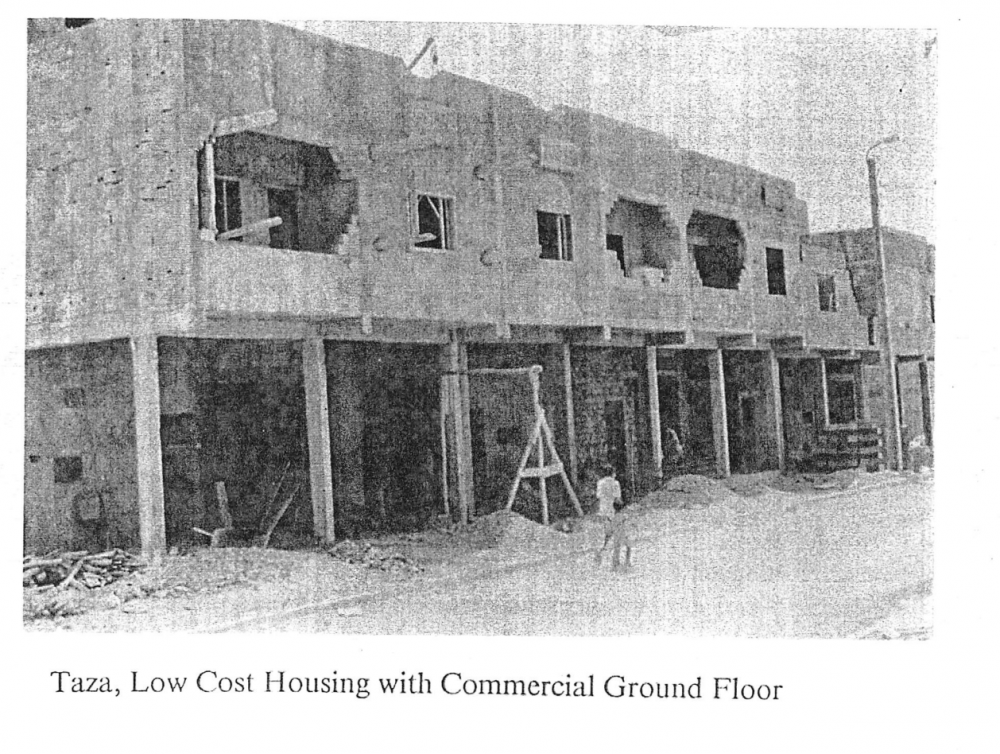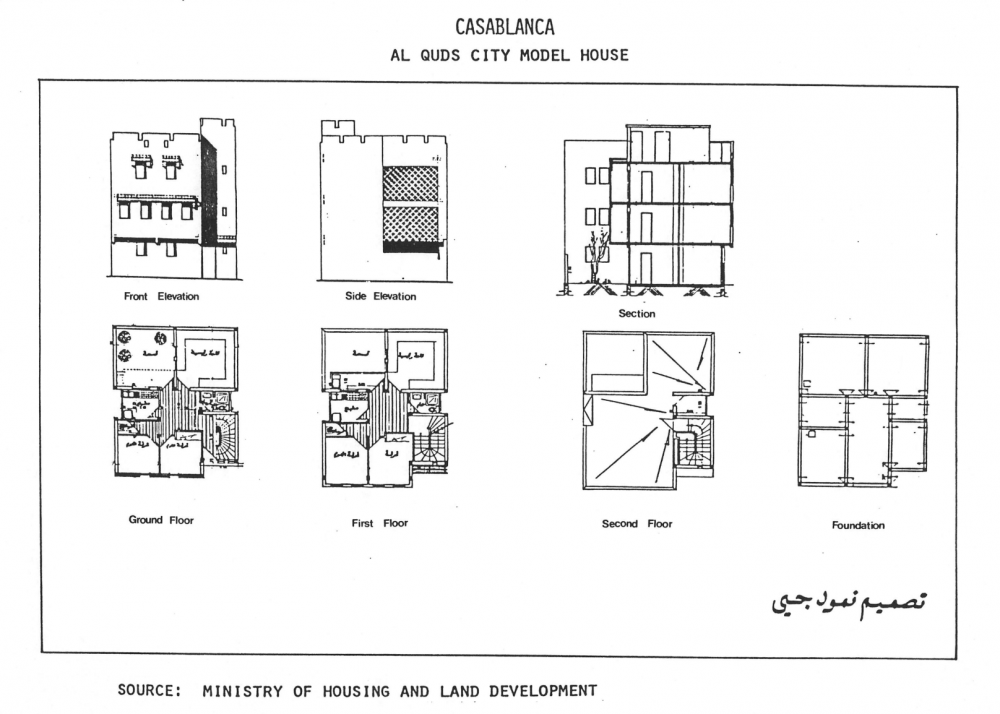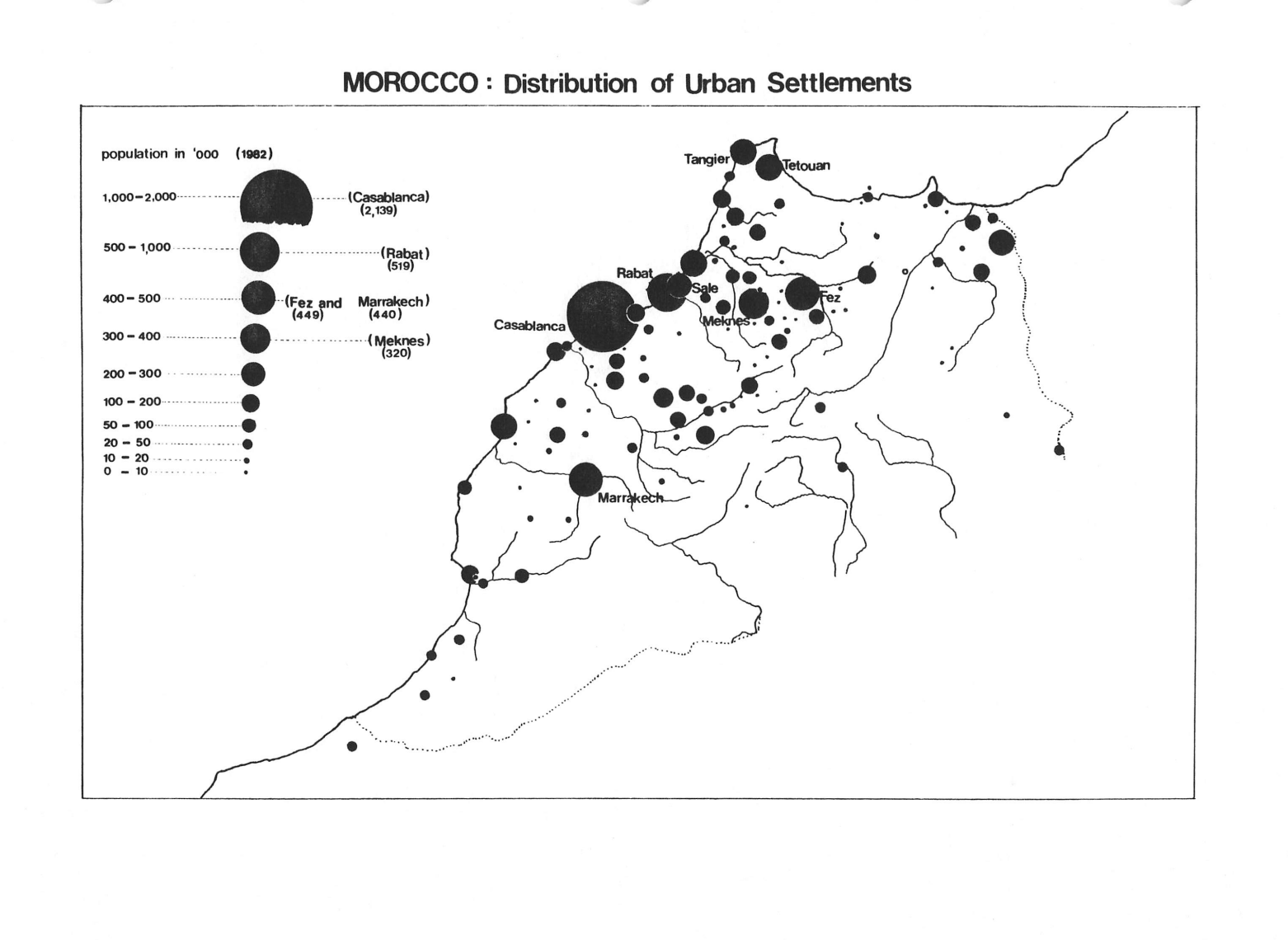Abstract
The Design Studio topic from Spring 1994, an annual seminar at the Harvard University Graduate School of Design led by Professors François Vigier and Mona Serageldin, focused on urban development in Abidjan, Côte d’Ivoire (Ivory Coast).
The document “Designing for Urban Growth: Abidjan, Côte d’Ivoire” (January 1994) and discusses the housing compound profiles, land allocation, household demographics and design conditions of Abidjan’s housing regions. The report details designs for dealing with environmental impacts such as organic and industrial effluents, solutions for reducing public subsidies for housing, reforms the housing production, and, in particular, suggestions for readdressing the respective responsibilities of the public and private sectors.
See related I2UD projects below
| Project Year: | 1994 |
| Project Type: | Urban Design Studio |
| Geographic Regions: | Abidjan, Côte d’Ivoire |
| Reports: | 1994 Design Studio: Abidjan Designing for Urban Growth (Report, Vigier and Serageldin) |
| Authors: | Mona Serageldin; François Vigier; Samir Abdulac; Howard Trett; Randa Tukan; David Neilson |
| Sponsors: | Aga Khan Program for Islamic Architecture |
| Categories: | Design Studios; Education |
| ID: | 1994_01_001 |
Related I2UD Projects
Related by – Design Studio Seminars, 1981-2003
Design Studio 1981: “Housing Design in Islamic Cultures” in Algeria, Bangladesh, Egypt, Iraq, Pakistan, Saudi Arabia and Indonesia, Seminar Curriculum
Design Studio 1984: “The Revitalization of a Traditional Urban Quarter” for the Medieval Darb al Ahmar District, Cairo, Egypt, Seminar Curriculum
Design Studio 1984: “Design, Technology and Logistics for Large Housing Projects,” in Algeria, India, Iraq, Malaysia, Mali and Singapore, Seminar Curriculum
Design Studio 1987: “Arad New Town,” Land-Fill Development Solutions for Arad New Town, Muharraq Island, Bahrain, Seminar Curriculum
Design Studio 1988: “Urban Infrastructure Planning and Programing in Developing Countries,” Chapters 1-7, Seminar Curriculum
Design Studio 1989: “Rabat’s Urban Fringe,” Urbanization Analysis of Rabat, Morocco – Seminar Curriculum
Design Studio 1990: “The Medina of Tunis,” Urban Regeneration for the Historic Hafsia District, Tunis, Tunisia, Seminar Curriculum
Design Studio 1992: “Cairo and the Medieval City” &”Urban Regeneration in Medieval Cairo,” in Cairo, Egypt, Seminar Curriculum
Design Studio 1993: “Rabat’s Urban Fringe,” Rabat, Morocco, Seminar Curriculum
Design Studio 1994: “A New Urban Center for Adjamé, Abidjan, Ivory Coast,” Seminar Curriculum
Design Studio 1995: “Urban Regeneration and Housing in a Transitional Economy: Lublin, Poland,” Seminar Curriculum
Design Studio 1996: “Strategic Urban Redevelopment in a Transitional Economy in Gdansk, Poland,” Seminar Curriculum
Design Studio 1997: “Strategic Planning and Local Development,” Seminar Curriculum
Design Studio 2003: “Urban Strategies for Economic Recovery: A Revitalization Strategy for New Bedford, Massachusetts,” Seminar Curriculum
Related I2UD Photograph Galleries



 Taza, Low Cost Housing with Commercial Ground Floor
Taza, Low Cost Housing with Commercial Ground Floor

